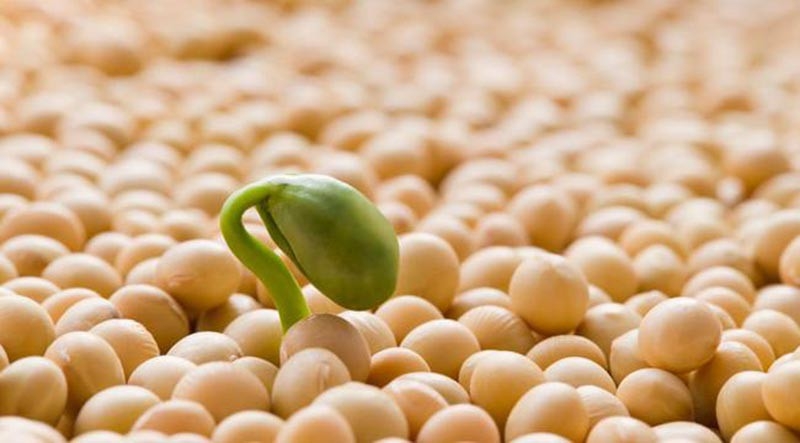Increased soybean harvest forecasts in Brazil next season add pressure to quotes

Experts from the USDA and the Brazilian agency Conab usually underestimate the soybean harvest in Brazil in their initial forecasts, as has been the case for 7 of the last 10 years.
The USDA will release its 2025/26 Brazilian production forecast on May 12, while Conab will release it a few months later. However, last week, the USDA representative in Brazil estimated the 2025/26 soybean harvest at a record 173 million tons, 2% above the current season.
The USDA forecasts soybean production in 2024/25 to be 169 million tonnes, in line with last year's initial estimate. Despite the record harvest, global soybean stocks will not grow to previously projected high levels.
According to the US Department of Agriculture's (FAS) Foreign Agricultural Service, Brazil, the world's largest producer (40% of global production) and exporter of soybeans, will increase its production in 2025/26 compared to the current season by 2% to a record 173 million tons due to an increase in the area sown from 47.3 to 48.2 million hectares and better yields. As a result, soybean exports will grow by 3% to 112 million tons, which will almost double that of the world's second largest exporter, the United States.
Global soybean demand is expected to continue to grow, with China, the world's largest soybean importer, remaining the main driver. Despite China's efforts to reduce its dependence on imported grains and oilseeds, FAS does not expect a significant reduction in Chinese purchases of Brazilian soybeans, especially given the escalating trade war with the United States.
FAS previously published a report in which it raised its soybean import forecast from 104 million tons in 2024/25 MY to 106 million tons in 2025/26 MY due to increased demand and processing volumes.
According to the report, EU countries buy about 14% of soybeans and processed products exported from Brazil. Another factor that makes Brazilian soybeans attractive for export is the weak exchange rate of the national currency due to economic stagnation in the country.
Amid increasing global demand for soybeans, soybean acreage in Brazil has increased by 20% over the past four years and FAS estimates that it will continue to expand as the Brazilian government plans to convert degraded pastures into agricultural land.
Experts from the CONAB agency recently estimated that by the 2032/33 MY, the area sown with soybeans in the country could reach 56 million hectares, and its production would grow to 186.7 million tons.


